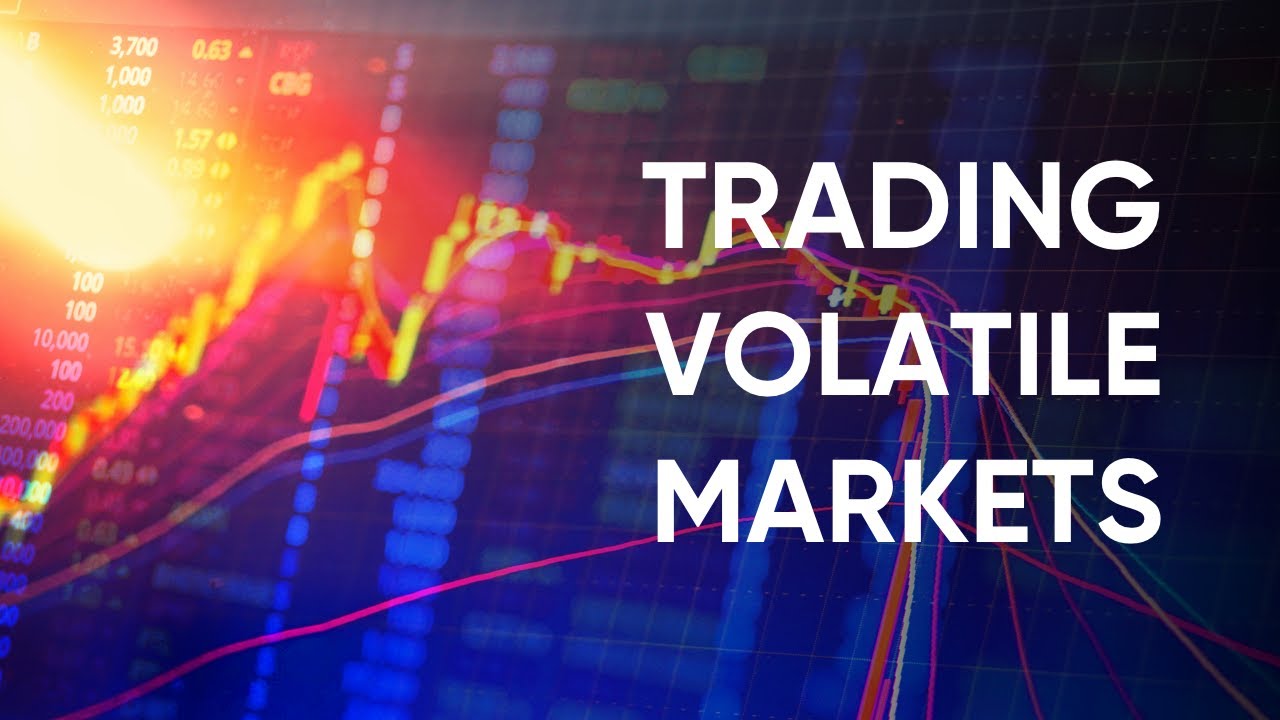The Blockchain Boom: Where Innovation Meets Investment
The digital revolution has always been about transformation — from the birth of the internet to the rise of artificial intelligence. Yet, no innovation has stirred as much excitement, curiosity, and disruption in recent years as blockchain technology. What started as the backbone of cryptocurrencies has now evolved into a multifaceted ecosystem that’s reshaping industries, redefining trust, and unlocking new investment frontiers.
This is not just another tech trend. The blockchain boom represents a monumental shift — where innovation meets investment, and where the foundations of our digital economy are being rewritten in real time.
1. Understanding the Blockchain Revolution
At its core, blockchain is a digital ledger — a decentralized database that records transactions across multiple computers. Unlike traditional centralized systems controlled by a single entity, blockchain operates on a peer-to-peer network, making it transparent, secure, and nearly impossible to alter retroactively.
Each “block” of information is linked to the one before it using cryptography, forming an unbreakable chain of trust. This structure eliminates the need for intermediaries like banks or notaries, enabling direct and verifiable exchanges of value.
While the concept may sound simple, the implications are profound. By introducing decentralization and transparency, blockchain challenges the very structure of how data and money move in the world.
2. From Bitcoin to a Multi-Chain Universe
The story of blockchain began with Bitcoin in 2009 — an experiment in digital money that quickly grew into a global phenomenon. Bitcoin demonstrated that trust could be programmed, transactions could be verified without banks, and scarcity could exist in the digital realm.
But Bitcoin was just the beginning. The rise of Ethereum in 2015 brought an entirely new layer to blockchain: smart contracts — self-executing agreements written in code. This development opened the door to decentralized applications (dApps), paving the way for innovations in finance, art, gaming, and governance.
Today, we are living in a multi-chain universe, with thousands of blockchains — each serving different purposes:
- Ethereum powers decentralized finance (DeFi) and NFTs.
- Solana focuses on speed and scalability.
- Polkadot enables interoperability across blockchains.
- Avalanche, Cardano, and Polygon provide solutions for sustainability and cost efficiency.
This expanding ecosystem has turned blockchain into a foundation for innovation, rather than a single-use technology.
3. The Investment Magnet: Why Investors Are Paying Attention
Blockchain has not only captivated developers but also investors, institutions, and venture capitalists. The reason? It represents both a technological revolution and a new asset class.
A. Cryptocurrency as an Asset
Cryptocurrencies like Bitcoin and Ethereum have evolved from speculative experiments into recognized digital assets. They are now part of portfolios, hedge funds, and even pension investments. With growing institutional adoption, Bitcoin is often referred to as “digital gold” — a hedge against inflation and economic uncertainty.
B. Tokenization of Real Assets
Beyond crypto coins, blockchain enables tokenization — converting real-world assets such as real estate, art, or stocks into digital tokens that can be traded on blockchain networks. This process enhances liquidity and opens markets to global investors who were once excluded due to geographical or financial barriers.
C. DeFi: The Future of Finance
Decentralized finance (DeFi) is perhaps the most transformative investment avenue. It allows users to lend, borrow, and trade assets without banks or brokers. Platforms like Aave, Uniswap, and Compound have created a new, borderless financial system governed by code, not corporations.
D. NFTs: A New Digital Economy
Non-Fungible Tokens (NFTs) have added a cultural and creative layer to blockchain investments. From digital art and music to collectibles and gaming, NFTs have redefined ownership and monetization in the digital space.
4. Beyond the Hype: Real-World Applications
While early headlines often focused on crypto trading and market volatility, blockchain’s true potential lies in its practical applications across industries.
Supply Chain Transparency
From farm to fork, blockchain can track the journey of a product, ensuring authenticity and ethical sourcing. Companies like IBM and Walmart have already implemented blockchain to enhance supply chain visibility and combat counterfeiting.
Healthcare Data Security
In healthcare, blockchain helps secure patient records, ensuring they remain tamper-proof while allowing authorized access. This innovation can drastically reduce fraud and improve data interoperability between hospitals.
Voting Systems
Blockchain-based voting platforms promise to make elections more transparent and tamper-resistant, restoring trust in democratic processes.
Energy and Sustainability
Green energy markets are using blockchain to track renewable energy credits, helping ensure the authenticity of carbon offsets and promoting sustainability.
Intellectual Property and Royalties
Musicians, writers, and artists can register their work on blockchain, ensuring verifiable ownership and automatic royalty payments through smart contracts.
The takeaway? Blockchain isn’t just about finance — it’s about trust, transparency, and transformation across all sectors.
5. The Rise of Web3: A Decentralized Internet
The blockchain boom has also given birth to Web3, a vision of the internet that is open, user-controlled, and decentralized. Unlike Web2, where tech giants control user data, Web3 empowers individuals to own their digital identity and content.
Here’s how Web3 redefines online experience:
- Ownership: Users own their digital assets and data.
- Interoperability: Applications can connect across blockchains.
- Community Governance: Decisions are made through decentralized voting.
- Incentivization: Users earn tokens for contributing to platforms.
In essence, Web3 brings back what the internet was meant to be — by the people, for the people.
6. Challenges on the Road to Mass Adoption
No innovation comes without obstacles, and blockchain is no exception. Despite its promise, several challenges stand in the way of mainstream adoption.
A. Scalability
Many blockchains struggle with transaction speed and cost. Ethereum’s network congestion and high gas fees have sparked the development of Layer 2 solutions and alternative chains.
B. Regulation
Governments around the world are still figuring out how to regulate cryptocurrencies and blockchain activities. The balance between innovation and compliance remains delicate.
C. Energy Consumption
Bitcoin mining, in particular, has faced criticism for its environmental impact. However, newer blockchains are adopting energy-efficient consensus mechanisms like Proof-of-Stake (PoS).
D. Security and Scams
The decentralized nature of blockchain also attracts malicious actors. Rug pulls, hacks, and scams have highlighted the need for education, auditing, and accountability in the ecosystem.
Overcoming these challenges requires collaboration among developers, regulators, and investors — ensuring that innovation doesn’t outpace responsibility.
7. The Institutional Shift: Big Players Join the Game
When blockchain first emerged, it was championed by enthusiasts and early adopters. Today, major corporations and financial institutions are entering the arena.
- BlackRock and Fidelity have launched crypto-focused funds.
- Visa and Mastercard are integrating blockchain payment solutions.
- JPMorgan has created its own blockchain network for cross-border settlements.
- Google and Amazon Web Services now offer blockchain-as-a-service platforms.
This institutional embrace adds legitimacy, liquidity, and long-term stability to the blockchain economy. It signals that blockchain is no longer an experimental playground — it’s becoming core financial infrastructure.
8. Investing Wisely in the Blockchain Era
For investors, the blockchain boom presents both opportunity and risk. Here are some guiding principles for navigating this space:
Do Your Research
Understand the project’s use case, team, and technology. Not all tokens have real-world value — focus on utility and long-term vision.
Diversify
Invest across multiple blockchain sectors — from DeFi and NFTs to infrastructure projects. Diversity helps balance risk and potential reward.
Beware of Hype
The market often swings between euphoria and panic. Avoid emotional decisions and focus on fundamentals.
Think Long-Term
Blockchain is still in its early stages. Like the early internet, it will take time to mature, but those who invest wisely and patiently stand to benefit immensely.
9. The Future of Blockchain: A New Digital Renaissanc
The blockchain boom is not a passing wave; it’s the foundation of a new digital renaissance. Its future will likely be shaped by three major trends:
- Integration with AI and IoT – Combining blockchain with artificial intelligence and the Internet of Things will enable smarter, more autonomous systems.
- Central Bank Digital Currencies (CBDCs) – Governments are exploring blockchain to issue their own digital currencies, bridging traditional finance and crypto.
- Mass Adoption Through Simplicity – As interfaces become more user-friendly, blockchain will move from niche technology to everyday utility — much like how the internet evolved.
We are witnessing the creation of a world where code enforces trust, data drives value, and innovation fuels investment. The convergence of these forces is shaping the next great era of human progress.
Conclusion: Where Innovation Truly Meets Investment
The blockchain boom is not just a technological milestone; it’s a paradigm shift in how we think about value, ownership, and trust. It’s the meeting point of creativity, code, and capital — where innovation ignites opportunity.
As the world continues to digitize, blockchain stands as the bridge between the old economy and the new, empowering individuals, transforming industries, and redefining what’s possible.
The journey has just begun, but one thing is clear: Blockchain is more than a boom — it’s the blueprint for the future of innovation and investment.









